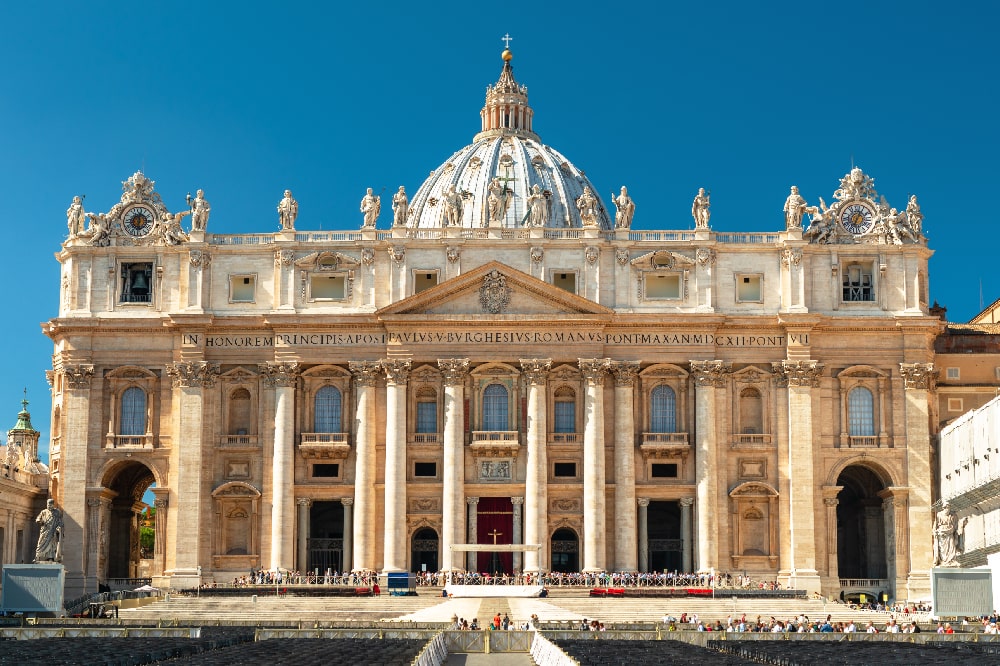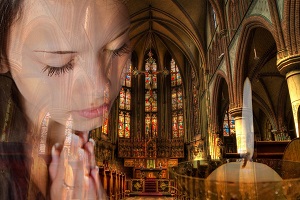Saint Ambrose is one of the patrons of Milan and is venerated by all Christian Churches. Let’s get to know him better and find out how he became a Bishop (despite himself) and why he is still so loved in Milan.
Saint Ambrose is celebrated on 7 December, the day before the Immaculate Conception. However, this is not the day of his death, which occurred on 4 April, 397 AD, but the day he was elected Bishop of the city of Milan. The most surprising thing, as we will see, is that at the time Ambrose had not even been christened! And yet his profound humanity and the oratorical art in which he excelled had made him so dear to the inhabitants of the city that they loudly demanded his election.
Saint Ambrose is remembered by the Church as one of its four most important Doctors, along with Saint Jerome, Saint Augustine, and Saint Gregory the Great. He is also one of the Fathers of the Church, one of the saints who helped to enrich and build it, thanks to faith and teachings.

Doctors of the Church: who are they and what are the requirements for having this title
On October 1st we celebrate Saint Therese of Lisieux, one of the four women proclaimed Doctors of the Church.
Even today, the day of Saint Ambrose is very moving in Milan. Take advantage of the holiday day to go to the Oh Bej Fair! Oh Bej!, the most famous Christmas market in the city, where you can find countless handicrafts, Christmas decorations and nativity scenes. They eat roasted chestnuts and drink mulled wine. In the Basilica of Saint Ambrose, built by himself between 379 and 386, a solemn mass is celebrated according to the Ambrosian rite established by him.
There are many proverbs related to Saint Ambrose: “Without snow in Saint Ambrose, winter will be mogio”, “In Saint Ambrose the cold cooks”, “In Saint Ambrose aburratta (flour) and cooks”.
Saint Ambrose: History
Among the patronages of Saint Ambrose, there is a very particular one: that of bees and beekeepers. There’s an interesting legend about it. When the Saint was just a child in swaddling clothes and sleeping in a crib in the backyard, a swarm of bees flew over him and before anyone could intervene landed on his face and the bees entered his mouth. Legend has it that this was the origin of his wonderful eloquence since the industrious insects carried a sweetness of honey between their lips when he could not yet speak.
Saint Ambrose, or rather Aurelius Ambrosius, was born in 334-339 in Trier, Gaul, the son of two members of the most important Roman senatorial families. In fact, her mother belonged to the Aureliana family, and his father to the Simmaco family. Both were converts to Christianity. Aurelius’ father was in Trier as prefect of the praetorium and he too had been destined for a political and administrative career since he was a child. When his father died, Aurelius and the family returned to Rome, where the boy continued his studies and subsequently began to participate in public life in the city.
It was while pursuing his political career that Aurelius arrived in Milan. The appointment he had been given was as governor of Italy Annonaria for the Roman province Aemilia et Liguria, whose seat was in Milan, at the court of Emperor Valentinian I. As a lawyer, Aurelius was particularly skilled in maintaining balance and peace between Aryans and Catholics, despite the tense relations between the two factions. Thanks to his great eloquence, his sense of justice, and his rigour that did not prevent him from showing love to everyone.
The broad consensus he aroused in the city meant that, although he had not yet received Baptism, he was loudly invoked as Bishop of Milan on the death of the Aryan bishop Aussenzio in 374.
Ambrose at first refused, tried to ruin even his reputation in the eyes of his supporters, and finally tried to flee the city. But the Milanese had made their choice, and in the end, Aurelius resigned himself to the fact that it must also be God’s will. He accepted the assignment, was baptised and on 7 December 374, he became Bishop of Milan.
From that moment on, Ambrose did his best to fill the gaps in the study of the Holy Scriptures. He introduced the practice of lectio divina to the West, the practice of study and prayer that hopes for spiritual union with God through the reading of the Scriptures. This method also became the basis of his preaching. It was thanks to his preaching that Saint Augustine, among others, converted to Christianity.
As bishop Ambrose led an ascetic life, donating all his goods to the poor, and working tirelessly to help the most needy citizens.
During his tenure, several basilicas were built, including the one that would become the Basilica of Saint Ambrose.
Festival Saint Ambrose in Milan
The Mass that is celebrated with the Ambrosian rite on 7 December in the Basilica of Saint Ambrose in Milan is not just any Mass. In it, the religious component is mixed with the popular one, in an event very much felt by all Milanese, practitioners and non-practitioners. The Archbishop of Milan celebrates Mass according to an ancient ritual, which has remained unchanged over the centuries.

The festival of Saint Ambrose in Milan precedes the Immaculate Conception and marks the beginning of the Christmas period. It’s not just a Christmas market, albeit the traditional Oh bej Fair! Oh bej! This attracts thousands of people for four days along the streets of the centre, around the gardens of the Castello Sforzesco from 7 December to 10 December. The curious name of the fair derives from a legend. In 1510 Pope Pius IV sent gifts to the citizens of Milan, through Giannetto Castiglione, the first Grand Master of the Order of Saints Maurice and Lazarus. The children in particular welcomed all those gifts shouting Oh beautiful! Oh beautiful!
The fair also has great gastronomic relevance, with typical desserts, mulled wine to fight the cold, and smoking roast chestnuts.
Since the 1950s, the Festival of Saint Ambrose in Milan has coincided with the opening of the opera season of the Teatro della Scala in Milan.
Basilica of Saint Ambrose
We have already mentioned the many basilicas built by order of Ambrose. The Basilica dedicated to him is located to the southwest of the city and was originally called Basilica Martyrum. In fact, when Ambrose had it erected between 379 and 386, he destined it to house the relics of many holy martyrs (Satyr, Victor, Nabore, Vitale, Felix, Valeria, Gervasius and Protasius).
When Ambrose died, the Basilica changed its name and was enlarged. It is preceded by a large quadriporticus and is equipped with two bell towers, that of the Monks and that of the Canons. Among its particularities, the Golden Altar, or Altar of Vuolvino named after the sculptor who made it between 824 and 859. It is a splendid example of goldsmithing from the Carolingian era, consisting of gold and gilded silver plates, mounted on a wooden structure, and then studded with precious stones and enamels. Since the apse is on two levels, the altar serves as a cover for the crypt that houses the relics of Saints Gervasius, Protasius and Ambrose. The upper level houses the wooden choir.
Another curiosity of the Basilica of Saint Ambrose is the Devil’s Column. According to legend, the devil, in an attempt to tempt Saint Ambrose, tried to stick him with his horns, but he got stuck in the column. As evidence of this fact, two holes remained side by side, from which it is said that you can smell the smell of sulfur coming from the Styx, the infernal river.

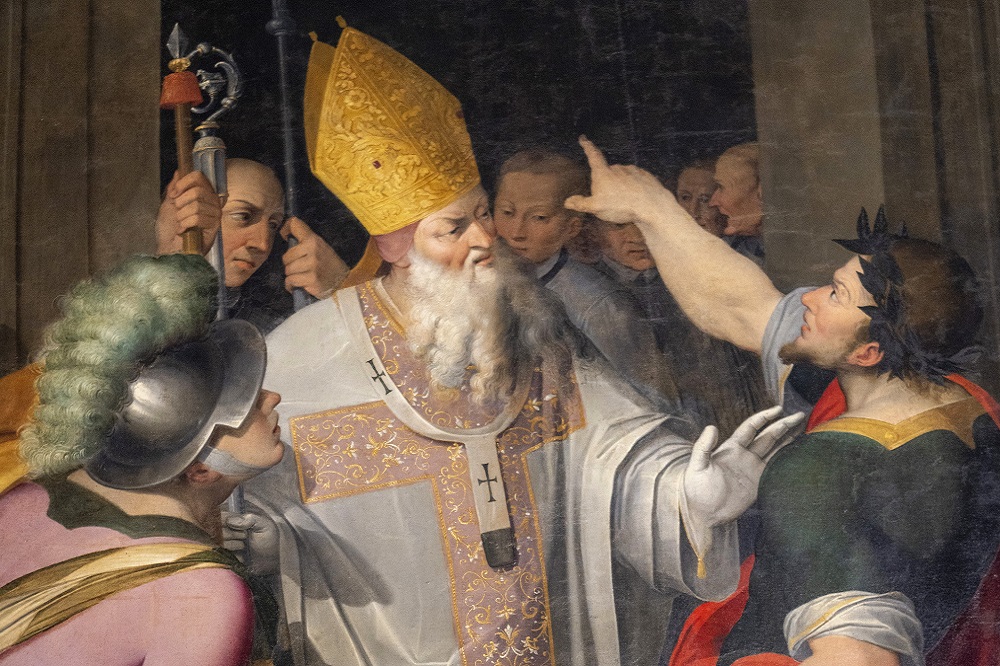

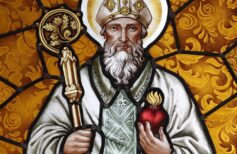

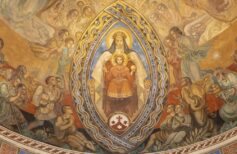
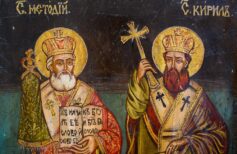
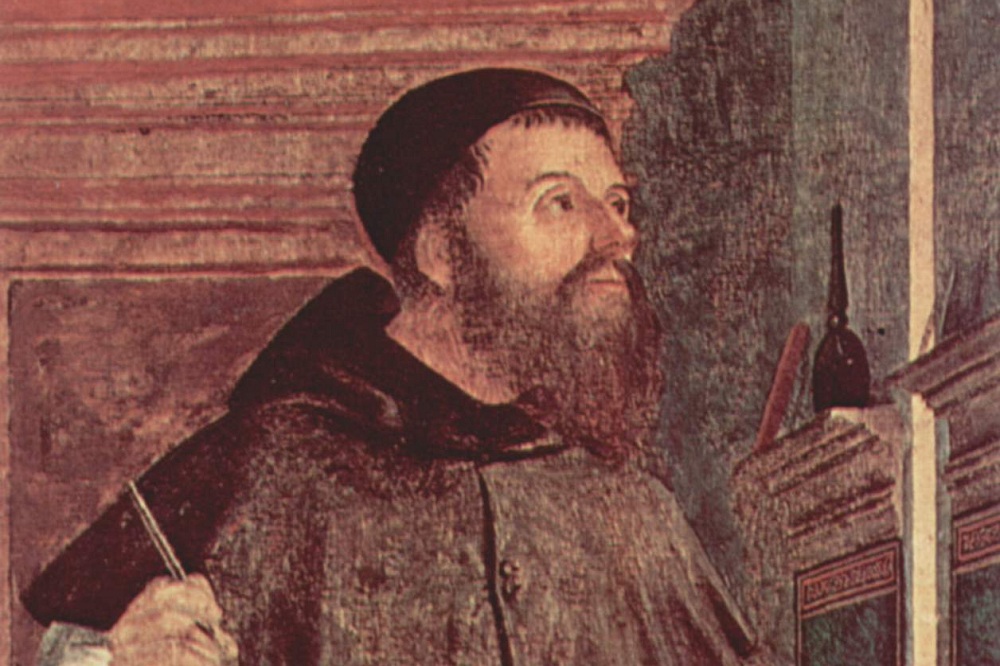
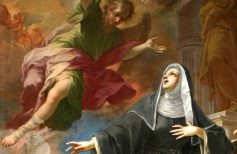
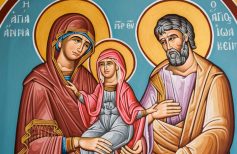









 25 August 2025
25 August 2025

